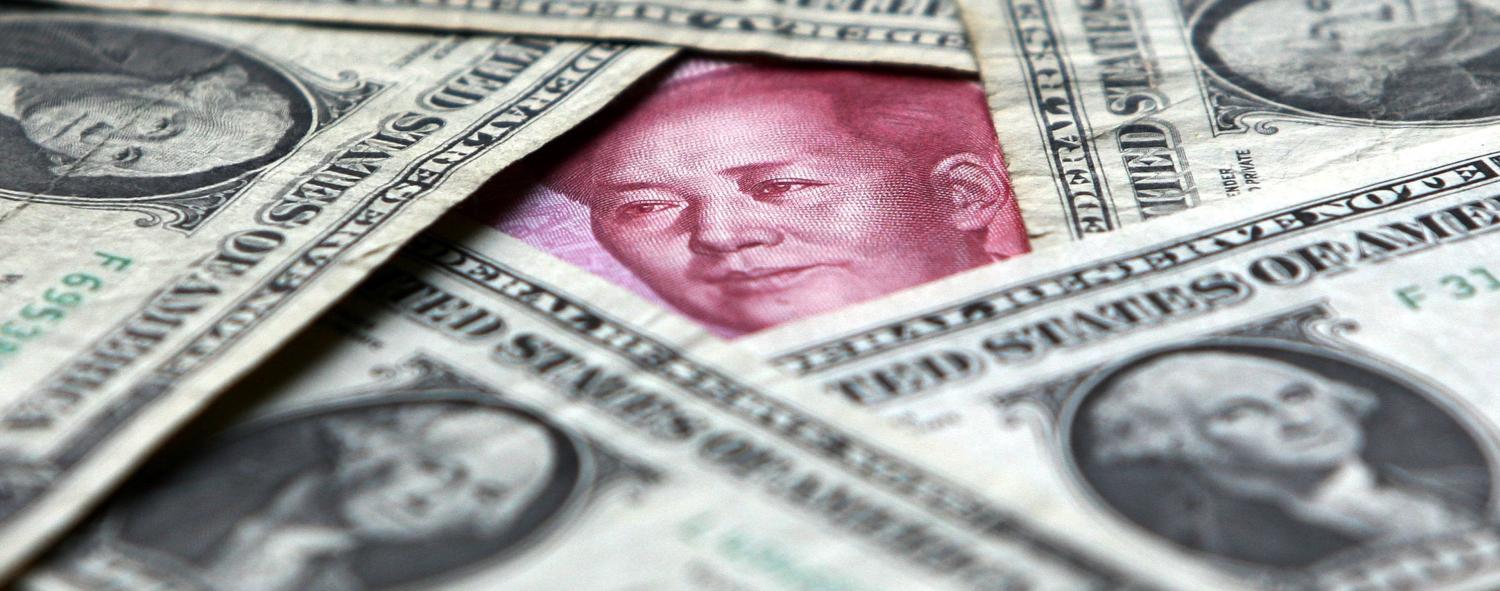The Trump administration’s determination to meet China’s ‘economic aggression’, announced in this week’s National Security Strategy (NSS), is already being portrayed as a striking departure from previous administration’s generally tolerant acceptance of China’s rise to economic might. The language is certainly more truculent, though it is also true that economic relations between nations have always been both cooperative and competitive. Trade is the exemplar of the whole – all nations gain from trading with each other, and all nations seek to trade in terms most advantageous to themselves.
What is more striking and troubling in the new NSS and the administration’s behind-the-scenes effort to explain its meaning, is the use of strategic terminology to also describe the economic relationship. ‘Economic aggression’ is one. The identification of China as a ‘revisionist power’ out to ‘change the global status quo’ is deployed in an economic context as much as strategic one.
In the new strategy, strategic alliances are to be amplified into economic alliances. The administration proposes to:
Engage industrialised democracies and other like-minded states to defend against the economic aggression, in all its forms, that threatens our common prosperity and security.
For American security allies the possibility of also being conscripted as economic allies to counter China’s ‘economic aggression’ raises awkward issues. Chief among them is that all American allies are also China’s economic partners – as, indeed, is the US itself.
The tone of Donald Trump’s NSS reflects not so much a change of American policy but more a change in the nature of the China economy. China’s economy is now five times bigger than it was at the turn of the century. The US economy has over the same period grown around 50%. In 2000, China’s economy was one sixth the size of the US economy. It is now three quarters of the size of the US economy measured in constant US dollars. In purchasing power parity measures, it is already bigger than the US economy.
And it is not only a change in size. It is also a change in structure. Not so long ago the US-China economic relationship was more evidently win-win. There was once a nice fit: China supplied the cheap manufactures American households wanted, it assembled the phones and computers that have changed our culture. It bought in return US food, passenger jets, movies, advanced manufactures, and US government bonds.
That has changed. On the east coast, Chinese wages have risen above those in South America (except Chile) and are closing in on the poorer Europeans such as Poland. It has become a technology leader in fast trains, communications equipment, and solar and nuclear power, and is building considerable capacity in artificial intelligence and robots. Once thought of as a producer, China is now also a major consumer and foreign investor. China is the world’s largest market for cars. It is a big international investor, notably into American business. The income of the top fifth of Chinese households is now comparable with the income of the bottom fifth of American households.
The Trump administration is quite right to see China as a ‘strategic competitor’. Given its equivalent economic weight, the increasing range of its global economic and strategic interests, it considerable capability to block the projection of American power into China’s region, it is the second power in the world and the only one of the biggest five national economies in the world after the US that is not a US military ally. But while China is a strategic competitor to the US it is also an economic partner of immense importance. Without the other, each would be very much worse off.
Across the security relationship, the implications of recognising China as a ‘strategic competitor’ are clear enough. The US will continue to restrict China’s access to military or dual-use technologies it possesses, and, so far as it can, credibly project power into China’s immediate region. The US will (probably, since this goes against Trump’s grain) continue to concert with its regional allies to challenge China’s regional and global strategic influence.
But in the economic relationship, the implications of treating China as a strategic competitor are not at all clear. If Washington tries, it will find it very tough indeed to organise its security allies or its economic partners into an economic alliance against China. All those allies are also economic partners of China. In Australia’s case, China is a far more important market than the US.
The US, the UK, Canada, Australia and New Zealand have long shared political and strategic information about China, but none of these countries should be relied upon to share economic information that may give market advantage to one against the other. Germany is a NATO ally, but for Germany, China is a vast export market for cars, machine tools and telecommunications equipment.
So too Canada and Mexico, that both place high priority on economic relations with China. Japan and Korea will not be told by the US how to conduct economic relations with China, or join an economic concert against it. Even the UK, the most reliable of allies otherwise, will not be a member of a coalition of the willing against China’s ‘economic aggression’.
For a Trump administration attached to unilateralism, creating an economic alliance against China is all the more difficult. In challenging China’s still-restrictive foreign investment rules, or China’s preference for technology transfer in investments in the China market, the US may well find itself without allies in a contest with what, in the economic realm, is not only rapidly becoming a superior power, but also one with the same partners as the US.

